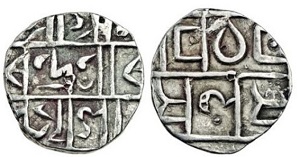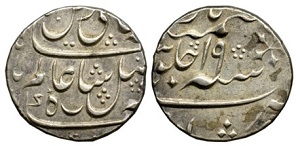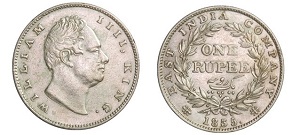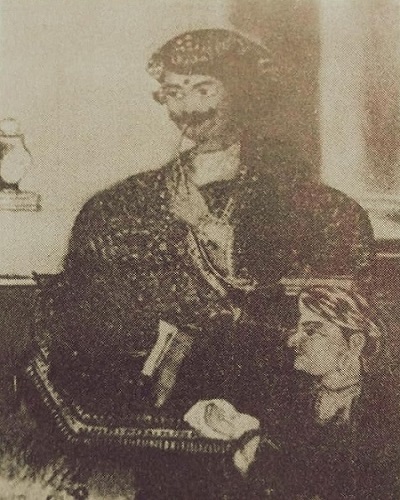Harendranarayana
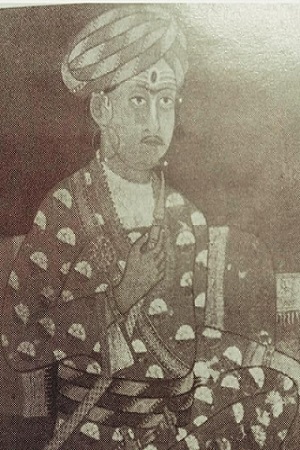
Following the death of Dhairyendranarayana, his son Harendranarayana baby scarcely four years old was placed on the throne. Coins were struck ceremonially at his installation and in large numbers during the early years of his region.
Rules
- AD 1783-1839
Half Tanka
Sri Sri/Siva Charana/Kamala
(24 Reviews)
Śake/17x
Obv: Nagari legend in four lines part of "Sri Sri/Siva Charana/Kamala
Madhu/Karasya", Rev: Nagari legend part of "Sri Srima/t Harendra
Nara/yanasya, Sake"
Year :
Diameter: 18.5mm
Weight : 4.66g
Mint Mark :
